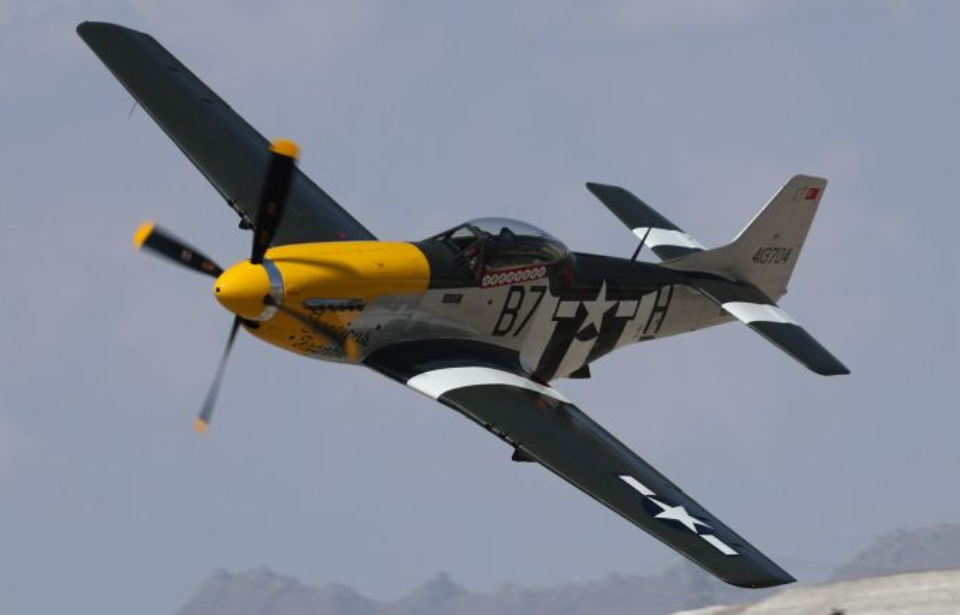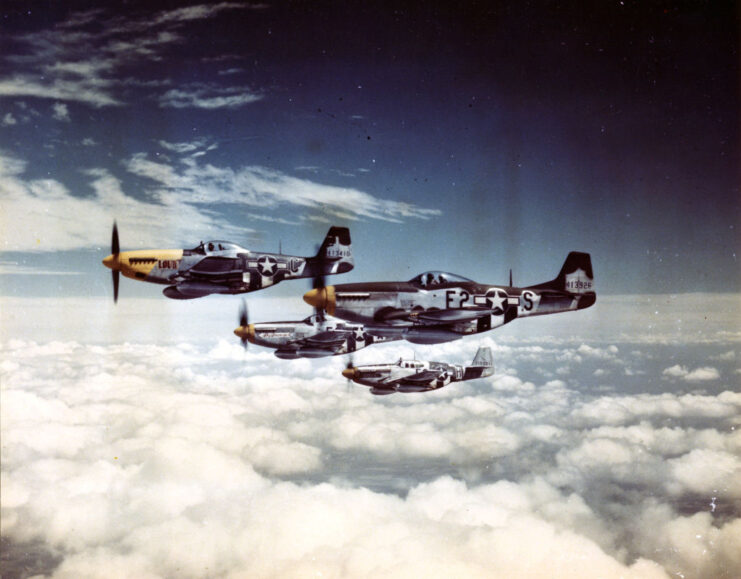Initially designed for the British
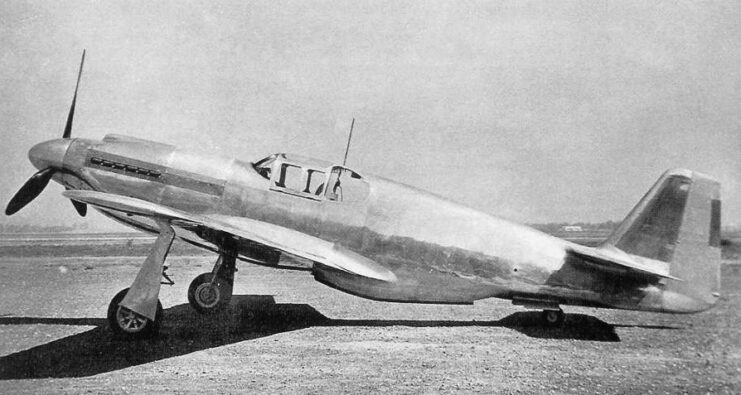
One of the most interesting facts about the P-51 Mustang was that it wasn’t originally built for the US military. It was designed to meet specifications set out by the British Royal Air Force (RAF) in the early stages of World War II. As no American aircraft were able to meet the United Kingdom’s requirements, a new one needed to be developed.
For the RAF to operate an American aircraft, the British Purchasing Commission said it needed to be equipped with four 7.7 mm machine guns, cost no more than $40,000 per unit and had to be ready for delivery by January 1941 – a tight deadline. The result was designated NA-73X, before being redesignated the Mustang I, or XP-51.
From design to production in just over 100 days
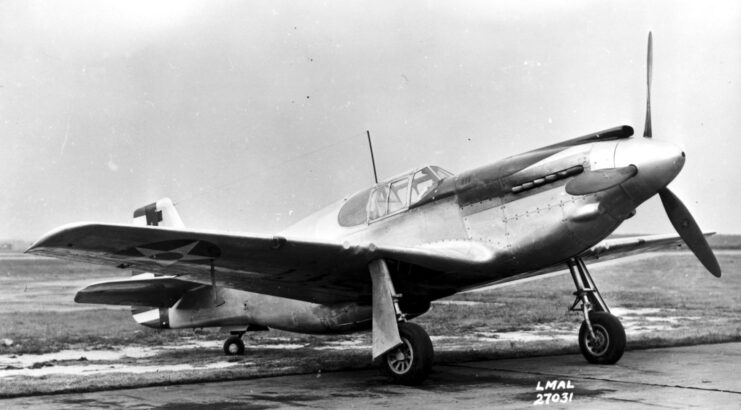
Even in modern times, designing and producing a working model of an aircraft in just over three months is an impressive feat, and it was even more so back in the mid-20th century. It took North American Aviation 102 days to deliver the P-51 Mustang’s prototype, with the aircraft taking to the skies just a few weeks later!
The P-51 Mustang experienced issues upon entering service
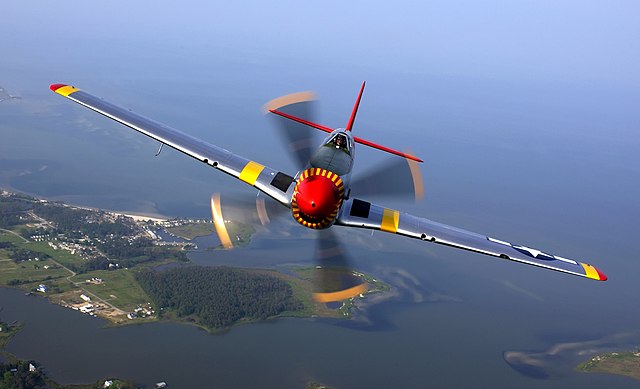
Following its first flight on October 26, 1940, the Royal Air Force accepted the P-51 Mustang into service. Unfortunately, the aircraft’s introduction into the European Theater got off to a rather bumpy start. Its engine – the Allison V-1710 – struggled to perform at higher altitudes, due to its single-stage supercharger.
The fighter’s engine issues ultimately led to changes, with it later being powered by the Rolls-Royce Merlin 65.
Taking to the skies over Germany
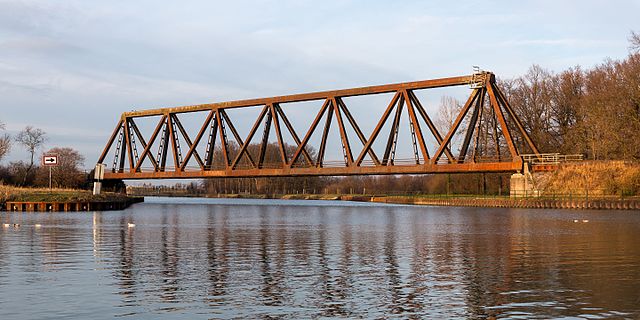
One of the more little-known facts about the P-51 Mustang is that the ones that were piloted by the Royal Air Force were the first British single-seaters to take to the skies over Germany, during a raid on targets around the Dortmund-Ems Canal in the western region of the country.
Around this time, the P-51 was also being used to both escort Royal Air Force bombers and confront enemy aircraft over the United Kingdom.
The P-51 Mustang forever changed bombing runs
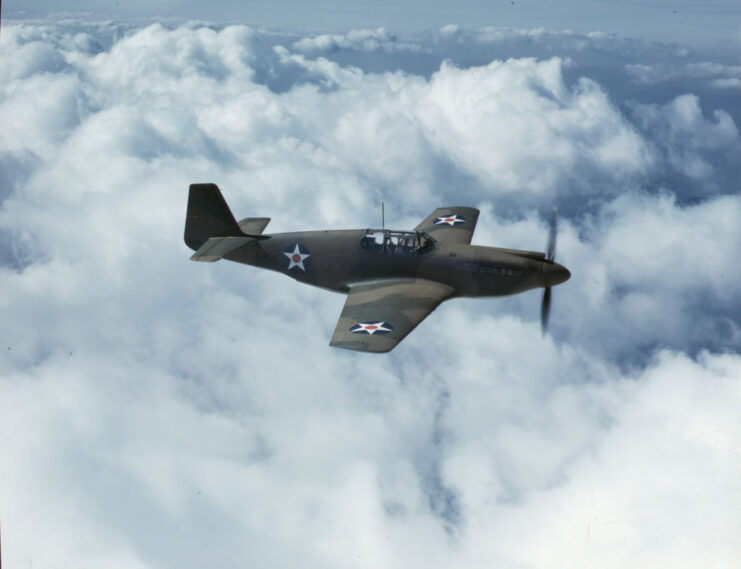
By 1943, the Allies were carrying out a heavy strategic bombing campaign against Germany. While the Royal Air Force largely took to the skies at night, the US Army Air Forces (USAAF) preferred to strike during the day, as this allowed their assaults to achieve more accuracy.
However, there was a problem with daylight air raids: it was easier for Luftwaffe pilots and anti-aircraft gunners on the ground to identify and target the American bombers. As there weren’t really any Allied fighters that were capable of providing these aircraft with protection, American losses soared, and it became even more apparent that escorts were needed.
While bombers that had been converted into gunships were initially considered, smaller aircraft were ultimately deemed more equipped for the job. Thanks to its new Merlin engine, the P-51B Mustang was chosen for the job, as it was able to fly for up to four hours and 45 minutes and was generally viewed as a stable aircraft.
When put up against its heavier German opponents, the lightweight and maneuverable P-51B came out the victor.
Utilized as a dive-bomber
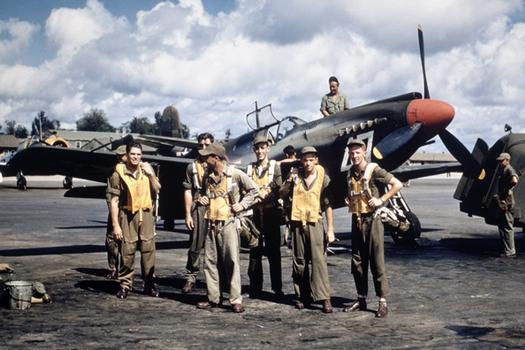
An intriguing aspect of the P-51 Mustang is its dual role during WWII, as it not only served as a fighter but also as a dive-bomber. Known as the A-36 Invader, this variant played a key role in the Mediterranean Theater, Italy, and the China-Burma Theater.
While some have claimed the A-36 was not an effective dive-bomber, this is far from fact. Its Allison engine allowed for quiet approaches, and its stable handling made its pilots some of the most precise in targeting enemy locations.
The P-51 Mustang was designed with pilots in mind
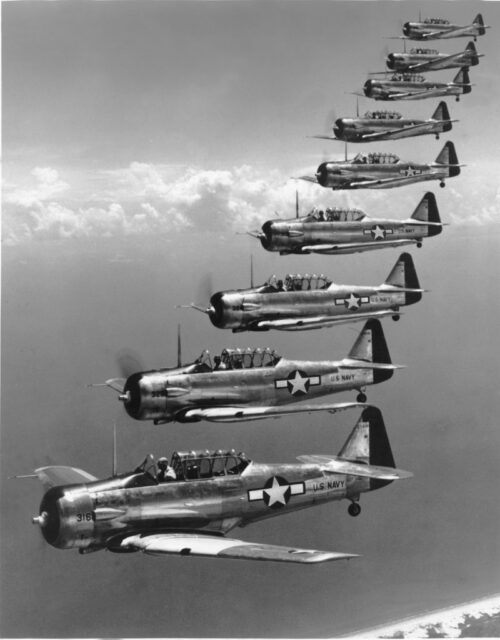
The P-51 Mustang was designed with a pilot’s comfort and convenience in mind, with North American Aviation recognizing the importance of supporting the human component on long-range missions. The ergonomically laid-out cockpit ensured all of the controls were right at hand, and its canopy allowed for excellent visibility.
Not always an easy fighter aircraft to fly
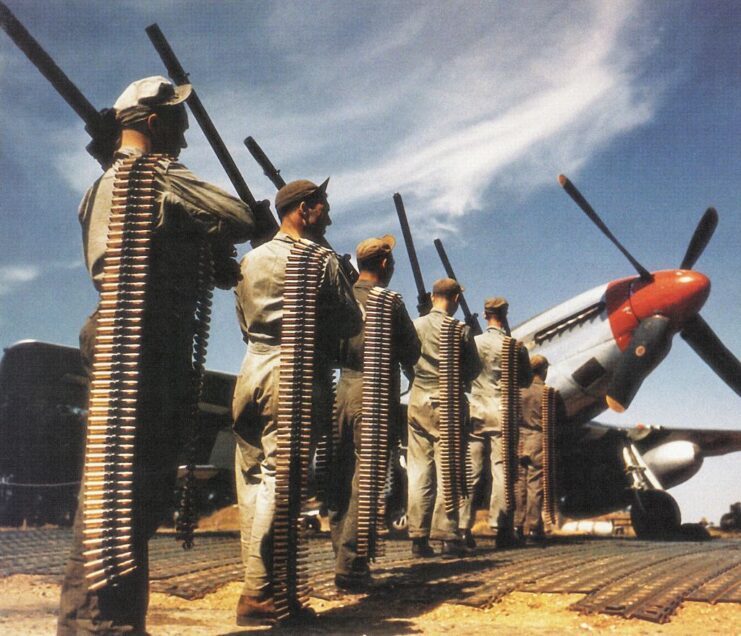
While a successful aircraft, the P-51 Mustang was physically demanding to fly; at high speeds, pilots needed to exert themselves physically to get the best performance out of the aircraft. This effort was well worth it, as it provided great maneuverability that allowed the P-51 to out-fight many of its enemies.
The P-51 Mustang’s design was constantly being improved
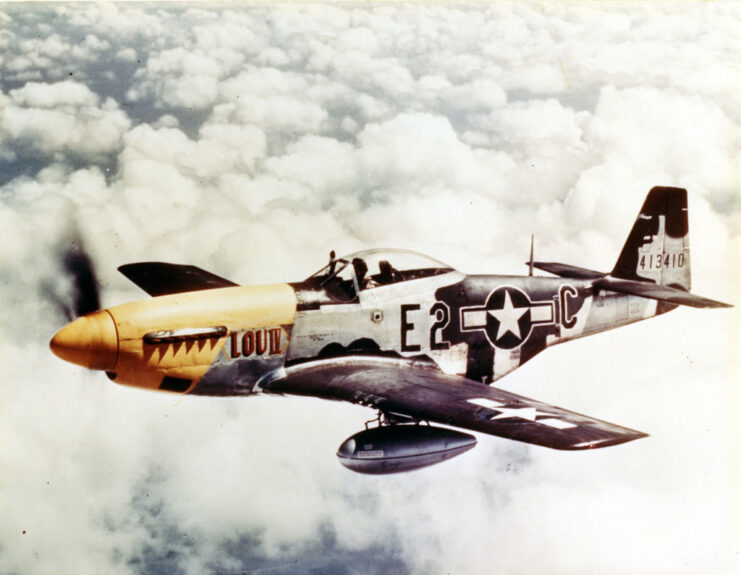
Like so many vehicles operated during the Second World War, the P-51 Mustang’s design was continuously refined and improved. upon. More than 20 variants were developed over the aircraft’s service, with the most famous being the P-51D, which featured a revamp of its wings and a new bubble canopy, allowing pilots to see behind them. Its armament was also updated to include two M2 Browning machine guns, giving it increased firepower.
The P-51H was the newest model by the end of the Second World War, but it arrived on the scene too late to see service during the conflict. Along with featuring a new Merlin engine that gave it increased power, it was several thousand pounds lighter than those that had previously been introduced, meaning its maneuverability was further increased.
While the P-51H was intended to see combat during the planned Allied invasion of Japan – better known as Operation Downfall – alongside the Lockheed P-47N Thunderbolt, it was ultimately relegated to reserve units. What’s more, it saw little service during the Korean War, as the US Air Force had many more P-51Ds at its disposal.
Service during the Korean War
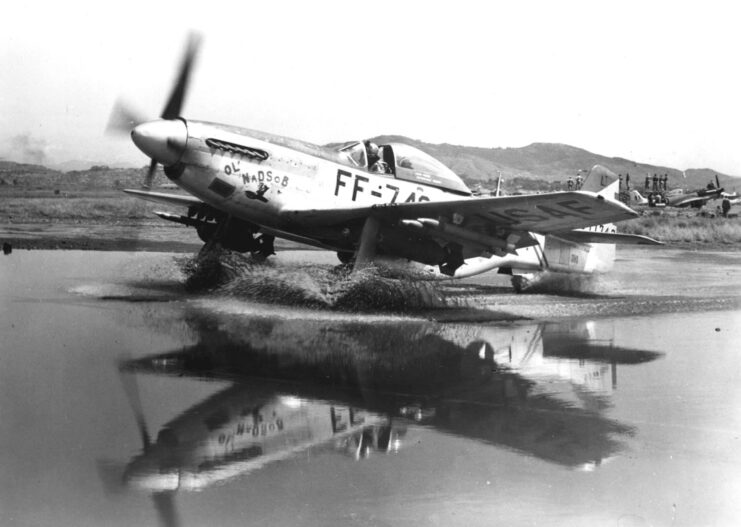
One of the more obvious facts on this list is that the P-51 Mustang continued to see service after WWII – most notably in Korea. While flying in the conflict, the fighter was operated by South Africa, Australia and South Korea, with the United States bringing its units – now designated F-51s – out of storage.
Throughout the conflict, the F-51s performed slightly different tasks to those undertaken during the Second World War. While they still participated in ground attacks on Communist targets, they also took part in photo reconnaissance.
Revival of the P-51 Mustang
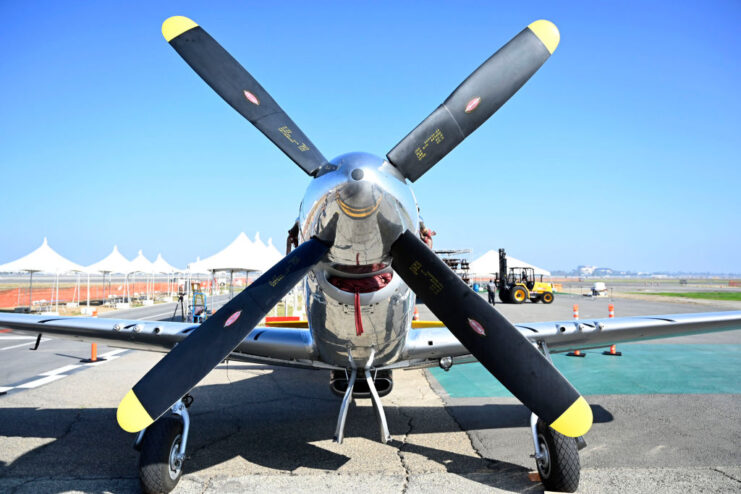
Out of all the P-51 Mustang facts on this list, the most impressive is without a doubt the fact that the aircraft was so impactful that it was revived in 1967, more than 25 years after it first saw service.
More from us: SR-72: Lockheed Martin’s Proposed Hypersonic Successor to the SR-71 Blackbird
Want to become a trivia master? Sign up for our War History Fact of the Day newsletter!
By this time, the majority of those that had once been operated by the US Air Force had long since been distributed to civilian operators. However, in both 1967 and ’72, the service worked to acquire some of the units it had gotten rid of, with their final destinations being South American and Asian air forces, as part of the Military Assistance Program (MAP).
